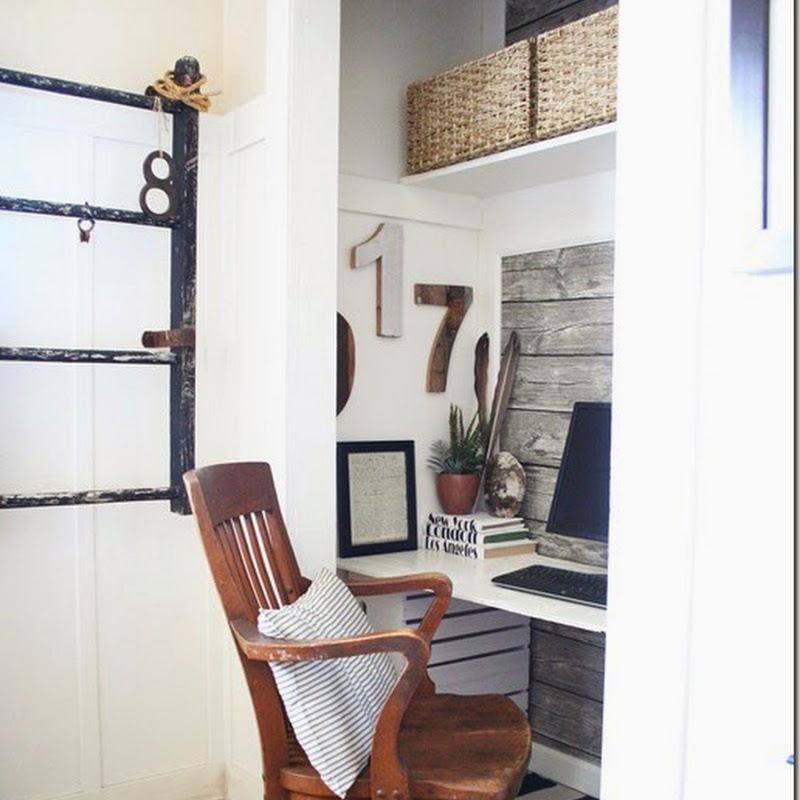 |
| Having tea at the club (source) |
I read A Passage to India, E. M. Forster's 1924 novel about racial tension and mistrust in British Colonial India. Perhaps it would be more accurate to say I re-read A Passage to India as I originally read it about twenty-five years ago around the time when the movie came out (1984). This book has been selected as one of the 100 great works of literature by the Modern Library and won the James Tait Black award for fiction in 1924.
 |
| Aziz looking for Adela at the caves (source) |
In searching for some photos to use with this post, I found an excellent website (here) detailing the set locations from the movie. Not only are there screen shots from the movie, but the author has also traveled to India to locate where many of the scenes from the movie were actually filmed. It is very well researched and an interesting addition to reading the book. It is very fortunate for me that I found this website as what is a blog post without some photos and these photos are gorgeous. Anyway back to the book...
 |
| Heading out on the picnic (source) |
A Passage to India is a wonderful depiction of life in India in the 1920s as seen through the relationships of the four main characters. Throughout the novel there are racial tensions and prejudices that interfere with relations between the British Colonists and the Indians; between the Muslims and the Hindus; and between the men and women in the book.
 |
| At the club (source) |
The novel opens with Adela and Mrs. Moore having just arrived in India from Britain as Adela is to marry Mrs. Moore's son. Adela and Mrs. Moore hope to see the real India and are dismayed by the prejudice and distance between the British Colonists and the Indians. Mrs. Moore and Adela become friends with Mr. Fielding, a headmaster of a local school, and Aziz, a Muslim physician. Aziz plans a picnic to the Marabar caves and during the trip the heat and a strange echo in the caves have a sickening effect on Adela. Adela runs off and when she gets back to town, accuses Aziz of attempting to assault her in the cave. Relations between the Indians and Brits deteriorate dramatically at this point and all the prejudices are brought out into the open with both sides misjudging situations and each other's actions. Finally, at the trial Adela is asked directly if Aziz assaulted her and she realizes the truth of the situation. Not wanting to give too much of the book away, I'll leave it at that.
 |
| Entering the first cave (source) |
I love Forster's descriptions of India and particularly some of his evocative ways of describing the heat and the monsoon rains. My friend Kim and I will be going to Bangladesh in the monsoon season this summer and I was a little bit sorry that the monsoon coincided with the only time of the year when I am available to travel, but reading Forester's description of how highly valued the monsoons are in India made me want to experience them.
The scenery, according to their standards, was delightful - the sky grey and black, bellyfulls of rain all over it, the earth pocked with pools of water and slimy with mud. A magnificent monsoon - the best for three years, the tanks already full, bumper crops possible.
"This is our monsoon, the best weather," .... Now is the time when all things are happy, young and old ... the tanks are all full so they dance, and this is India.
 |
| Monsoons begin as they leave the courthouse (source) |
I found A Passage to India a wonderful book to read and would highly recommend it to anyone. Although it was set in India in 1920s, the tensions and problems in the relationships are timeless.
 |
| Aziz in Mr. Fielding's house (source) |
I especially loved reading this book, as I have had Bangladesh and India pretty much on my brain all week. Kim and I are in the process of deciding if we will go to India for a bit after our month of teaching in Bangladesh this summer. So as you can see it was a very timely read.

Linked to What We're Reading at Art @ Home




























.png)


















































































































































.jpg)



















































































.jpg)



























Grace, I have not read this book since college, maybe 26 years ago or so. The movie is a classic, too. So...what do you really think happened in that cave?
ReplyDeleteA lovely post, Grace :D
xoxoxo,
Ricki Jill
Well....I am inspired to read this book now that you have done this post! I haven't read an actual book in quite awhile because I have been blog reading with my 'free' time! Is that sad? Thanks for a terrific post Grace! Angie xo
ReplyDeleteYou must go to India after Bangladesh. You won't regret it:)
ReplyDeleteExciting times for you, Grace - I look forward to reading about it! great photos - have not read the book..yet.
ReplyDeleteI want to read that book RIGHT NOW! Loved your summary. Good luck deciding what to do this summer!
ReplyDeleteHello, coming your way via Pamela's French Buttons post... I loved that book! It evoked the time and place so intensely I felt like I was there.
ReplyDeleteI HAVE to read this again. Thanks so much. Please go to India and post your trip for me.
ReplyDeleteMary Ann
I've never read the book or seen the movie but now I'm intrigued! These are beautiful pictures and I know you are going to have an amazing trip to Bangladesh!
ReplyDeleteKat :)
I am on holidays next week and I plan on doing some reading... you have officially inspired me. E.M. Forster is such an amazing author. I read this years ago but not too long ago I read his piece, The Machine Stops. He was so ahead of his time in his story-telling. Great post!
ReplyDeleteI too read this book many years ago and have also listened to a dramatization on BBC radio which was very good.
ReplyDeleteGreat review.
Enjoy your trip to Bangladesh.
Delighted to meet you. Great review of a classic favourite of mine.
ReplyDeleteThanks so much for sharing this classic @ our What We're Reading Linky Party! :D
ReplyDeleteThis sounds like a great read! Am adding it to my list now! Thanks for joining our linky party this month!
ReplyDelete